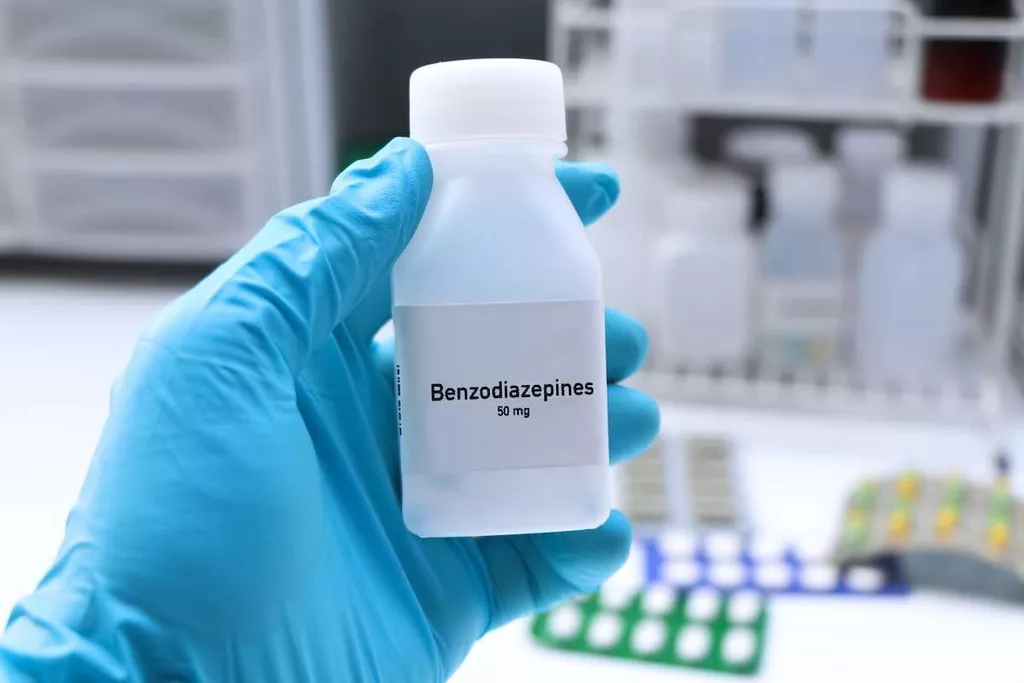What Is An Alcoholic Nose Or Drinker’s Nose Rhinophyma?

It is important to remember that alcoholism affects a person’s mind, soul, and body. There isn’t a cure for rosacea but there are several methods individuals can do to prevent flare-ups, including knowing what actually triggers them. If you think that rosacea and rhinophyma are what you have, you should contact your physician and discuss this right away. A licensed medical professional should be able to identify the signs and symptoms, just by examining the physical appearance of the nose.
- In advanced cases, the skin may appear thickened and rough, with a noticeable purple or red hue.
- However, its presence can serve as a visible sign of the detrimental effects of alcohol on the body and may indicate an advanced stage of alcoholism.
- Experts theorize that androgenic hormones found in males may trigger rhinophyma.
- When there is more time to focus on the sober journey ahead, the future begins to look that much brighter.
- The latter is tied to the concept of self-efficacy, which is the drive to succeed, seek and keep employment, and even just be independent.
Nonsurgical treatments

A primary cause of rhinophyma is severe, untreated rosacea, a chronic inflammatory skin condition. Rosacea causes facial redness and can progress to rhinophyma if not managed effectively. The condition predominantly affects individuals with fair skin and a genetic predisposition. A family history of rosacea or skin conditions may increase susceptibility to developing an alcoholic nose. While the term “alcohol nose” has a stigma, it’s essential to address its root causes, including lifestyle choices, genetic predisposition, and underlying health conditions.
Who Is More Likely to Develop Rhinophyma?
This level of alcohol consumption can lead to a purple tint on the skin of your nose, oily skin, nose growth, and clogged sebaceous glands. Thankfully, stopping your alcohol consumption can lessen these symptoms and make drug addiction your rosacea manageable. Drinking alcohol dilates blood vessels, which makes them more likely to burst. Because of this, heavy drinking can aggravate rhinophyma, causing an alcoholic nose. It is a type of rosacea, a skin disorder that causes redness, inflammation, and small, pus-filled bumps typically concentrated in the cheeks, nose, and chin.

Rhinophyma and Alcohol Treatment

Rhinophyma — also sometimes referred to as “alcoholic nose” — is a physical condition that many people assume is caused by alcohol use disorder (alcoholism). The Edge Treatment Center is the nation’s leading long-term outpatient drug rehab. Regardless of whether someone is seeking assistance for the first time or has struggled with addiction, The Edge Treatment Center offers hope for recovery. Contact us today to learn more about their addiction treatment programs and start your journey to a better life. Individuals with an purple nose alcohol alcohol use disorder who desire to stop drinking may suffer from withdrawal symptoms. When addiction is developed to a drug or alcohol, the central nervous system adapts to the constant presence of the substance in the bloodstream.
- According to the National Rosacea Society (NRS), over 16 million Americans are impacted by rosacea.
- You may want to begin with a visit to your doctor, as they may prescribe medication and lifestyle tips to help you manage the condition.
- If you or someone you know has a loved one with addiction, contact us today.
- Historically, it was believed that the condition was primarily caused by excessive alcohol consumption.
- Larger nodules can develop, contributing to a more irregular surface texture.
Dermatologists recommend anti-acne treatments like topical creams to moisturize dry skin resulting from rosacea. Similar to Cymbalta withdrawal treatment, you can get better from chronic alcohol use. Several surgical techniques have been described in the management of rhinophyma. The main principle is shaving the redundant tissue while avoiding damage to the underlying cartilage. The depth of shaving should leave enough skin adnexal structures at the wound surface to allow proper healing by secondary intention. It is essential to fully understand the patient’s concerns and consider the emotional impact of the condition on the patient.
- Surgical and drug-based treatments can help, but limited research suggests that the condition may recur after surgery.
- With progression, the aesthetic subunits of the nose merge and become obliterated.
- Their quality of life also suffers because they often don’t go out to socialize, preferring to avoid contact with others so that they avoid the stigma.
- One of the most common reasons the nose turns purple is a circulatory disorder.
- If you notice a purple nose, the first step is to determine whether it is a one-time occurrence or a more prolonged issue.
- Extreme disfigurement of the nose can narrow the airways in the nose, making it difficult to breathe.

